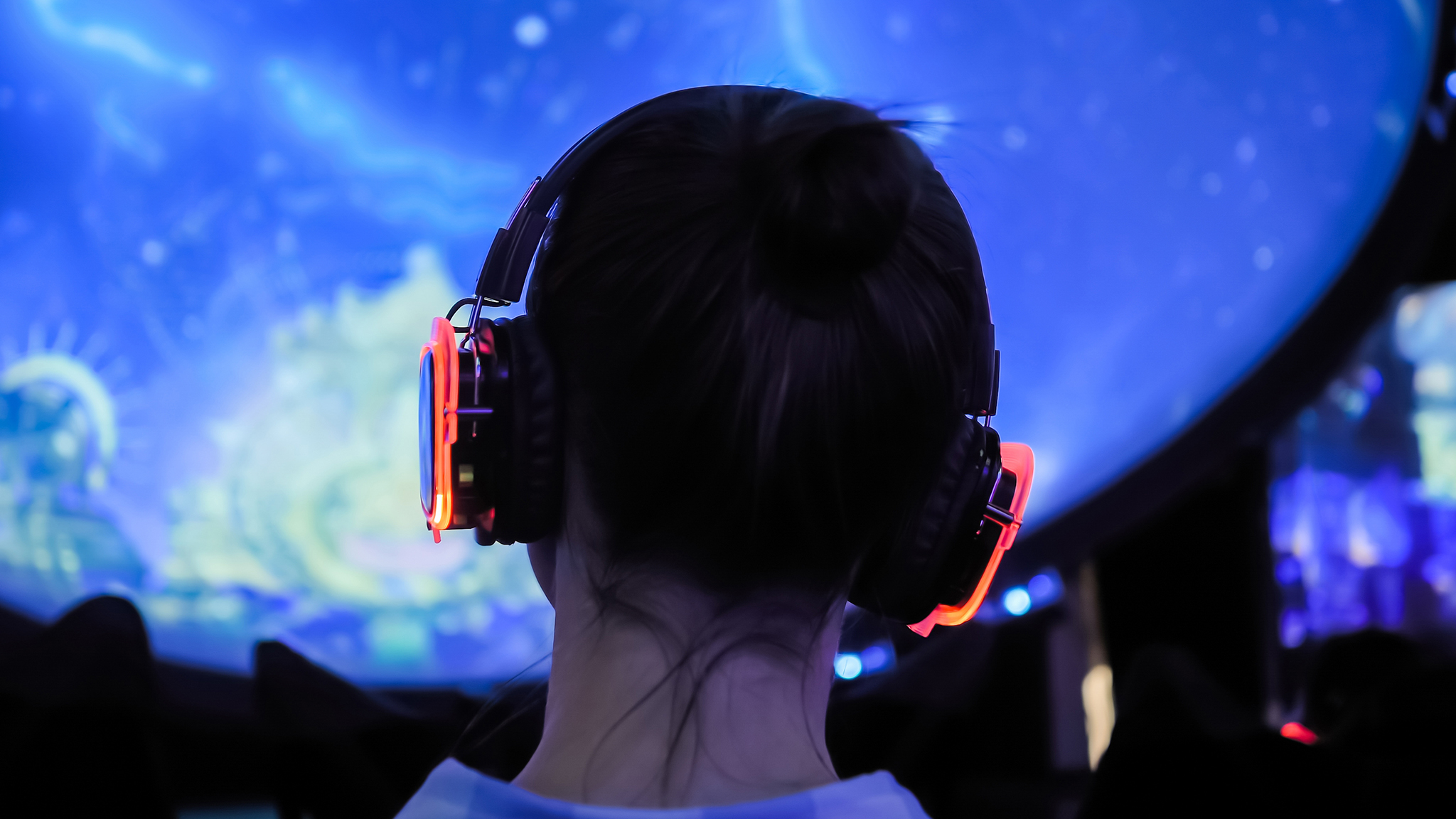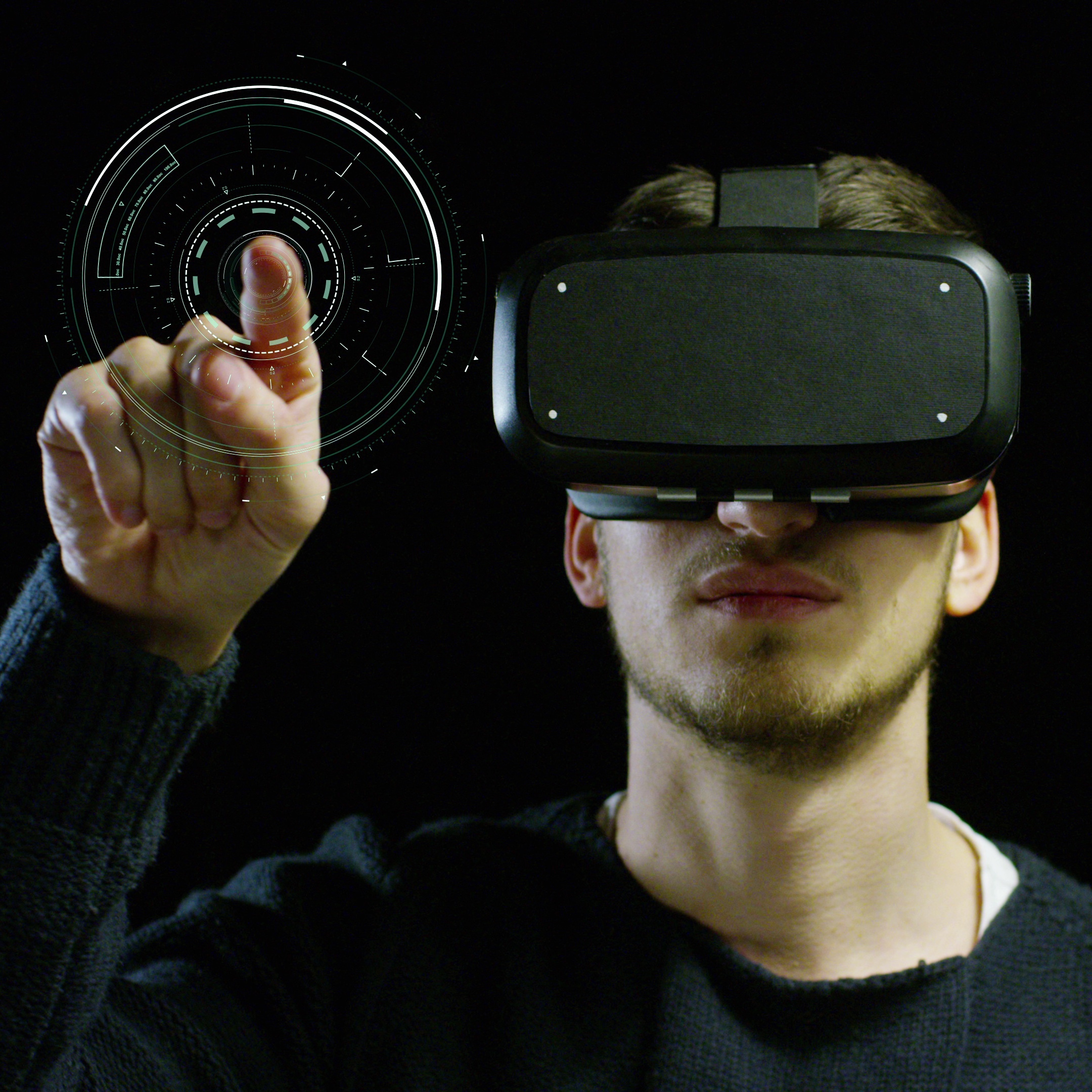Spatial Sound – An Introduction to 3D Immersive Audio
You’ve watched 3D movies and seen or heard of 3D models, but what’s 3D sound? Well, one way to describe it is to think of it as the kind of sound that would go with a 3D movie – where the sound appears not just from one direction (where the speaker is) but all directions, even above and below the listener. As a result, the listener feels like the intended environment truly envelops them.
It’s easy to imagine this. You’re watching a movie. You hear an attacker on your right, and then the actor on screen looks to your right. This simple sound effect draws you into the film experience and makes the scene so much more believable. Without 3D sound, you would not have the sense of realism that keeps you on the edge of your seat.
We want to highlight here that it’s easy to confuse 3D immersive audio with surround sound; many people do, but they are pretty distinct. Here’s the not-so-subtle difference: Surround sound delivers audio laterally or from four directions, namely left, right, front, and back. On the other hand, 3D immersive sound delivers audio from virtually anywhere in the listener’s space, including above and below.
While movies make a great example to help us wrap our heads around 3D sound, their uses extend beyond the world of films. Also known as 3D immersive audio, it is used in the music industry and events. It is also helpful for corporate dabbling in immersive brand marketing. We’ll dive deeper into the various applications of 3D immersive sound later in this blog. First, here’s why you need to know about 3D immersive audio: it’s the new tune everyone’s vying to that has entertainers and brands teeming with interest.
How does 3D immersive audio work
To understand how 3D immersive audio works, looking at how our ears work may make sense. Although we have two ears and receive sound from only two directions, our brain processes sound based on specific cues. That’s how we can know precisely where a sound is coming from and relate to what it is, like hearing the whining of a plane overhead or the rumble of a motorcycle on the street beneath us.
3D immersive audio is nothing but this natural behavior replicated by tech. What you hear as 3D immersive audio is created by a “sound field” that is, in turn, created by speakers that surround the listener at about their ear level and – compulsorily – also some overhead speakers. All the speakers surround what is known as the “listening point,” “where the listener or audience is expected to be seated or situated. Various formats, such as Auro 3D, Dolby ATMOS, and Sony 360, guide the speakers’ exact positioning. Did you know you get instructions on where to place the speakers when purchasing the high-end ones? Now you also know why!
3D immersive audio uses software to position and decode the sound’s direction. The software uses a virtual box that correlates to the space’s walls, ceiling, and floor to be fitted with 3D sound and calibrates the sound to replicate how our ears would pick up sound naturally if we were in the environment being recreated.
In traditional sound, a sound engineer typically assigns the left channel” or “right channel” to all the sounds in a production – a song, movie, or advertisement. In 3D immersive audio, the sound engineer will use a knob to assign sounds left, right, or somewhere in between.
Applications of 3D immersive audio
Immersive experiences are the buzzwords today. While the popularity of the AR-VR technology outruns others, 3D immersive audio plays a crucial role in delivering that experience that keeps the audience engrossed and entertained.
Below are a few use cases of 3D immersive sound that highlight its importance and contribution to immersive experiences:
Music
3D immersive audio is being used to add a new spin to old tracks. Artists are also releasing new music with an immersive twist. Here’s a list of some songs that boast 3D sound and allow you to understand what 3D music sounds like, at least if you use headphones.
1. Khalid & Normani – Love Lies
2. Billie Eilish – Ocean Eyes
3. Travis Scott & Skrillex – SICKO MODE (Skrillex Remix)
4. Marshmello – Alone
5. Imagine Dragons – Believer
These songs are also known as 8D tracks, another name for 3D music because it makes the music sound like it is coming from all directions.
Films
It also delivers a more realistic experience in films, not just 3D movies. With 3D sound, filmmakers can guide the emotional and visual understanding of the viewer. A classic example of this is triumphant, swelling music to underscore a high point in the plot, like the revelation of the villain in a murder mystery or when the protagonist defeats the antagonist in an action thriller.
Gaming
In the same way it is used in films, 3D immersive audio is a big part of gaming, where sounds can alert the player of an opponent’s approach, for example. Also, the sound of one’s own feet running, guns shooting, and blades slicing – coming from the right direction – make the whole experience much more realistic and exhilarating for gamers. Especially for players using VR headsets for truly immersive gaming, 3D sound is a must-have for a holistic and convincing virtual reality experience.
Marketing
3D immersive audio is a big part of VR, AR, and MR brand experiences that can be rolled out at exhibitions, brand museums, and executive briefing centers. It allows marketers to simulate product experiences, taking product showcases to the next level. Imagine showcasing an emerging destination to tour operators from an exhibition in their city, or showcasing a factory and its processes in intricate detail to potential investors from the comfort of a conference room.
What’s happening with 3D immersive audio
A researcher called The Insight Partners has recently reported several moves that have been the foundation for 3D immersive audio making in routes into our everyday world:
Ghostrunner game launch, September 2021
Launched by a Polish gaming company, Ghostrunner has immersive elements like haptic feedback, a more responsive controller, and 3D audio.
Sound Particles, Portugal, funding for 3D sound development, May 2022
The tech company that won an Oscar for Best Sound in the Hollywood movie Dune raised €2.5 million to develop 3D audio technology for 3D audio headphones.
Consumer Electronics Show (CES) 2023, January 2023
Amazon Music and a company called Fraunhofer IIS held a demo on how immersive and authentic 360 Reality Audio music can sound in a vehicle.
Dolby Laboratories, Inc. and Cinépolis collaboration, June 2023
Under this partnership, Cinépolis plans to install Dolby’s 3immersive 3Daudio solutions on all renovated and newly constructed screens.
NewAuro B.V and WOWOW collaboration, October 2023
The duo launched their first Japanese show that used immersive audio and became the world’s first commercial example of using Auro 3D headphone technology.
This tech is already out on the consumer market.
Amazon Echo Studio
The Echo Studio supports Dolby ATMOS, automatically creating an immersive playback experience for the user. It has 4 speakers within one device, and these speakers are designed to bounce sound off ceilings to calibrate 3D sound.
Apple AirPods 3
The AirPods 3 supports spatial audio with dynamic head tracking, which creates a 3D listening experience for the user. Each earbud has three microphones that adjust the sound based on the position and orientation of the user’s head and device.
Sound Adventures
Sound Adventures leverages Astro Spatial Audio, seamlessly sculpting an immersive sound field for the user. Powered by Martin Audio loudspeakers and patented acoustic technology, it delivers breathtaking 3D audio that puts the user in the center of the action.
WAVES Nx
WAVES Nx elevates listening with Dolby Atmos, conjuring an expansive 3D soundscape that transcends headphones and earbuds. Fueled by psychoacoustic science, it externalizes sound, crafting a speaker-like experience where every detail unfolds around the listener.
Agora 3D Spatial Audio
Powered by Astro Spatial Audio, Agora 3D automatically unlocks a hyper-realistic sound field around the user. No matter the audio source, it simulates direction, distance, and even occlusion in a real 3D space.
Conclusion
The Global 3D Audio market is growing at a CAGR of 14.9% from 2022 to 2030. With household names like Amazon and Google bringing out 3D immersive audio speakers, it has become easier for brands who use immersive marketing to tap into 3D sound to perfectly round off their immersive brand storytelling. With 3D sound added to technology like AR, VR, and MR, you can bring your manufacturing plants into conference rooms, fly destinations to tour operators (instead of the other way around), and enable customer product demos and product trails that would otherwise be too costly to offer.



